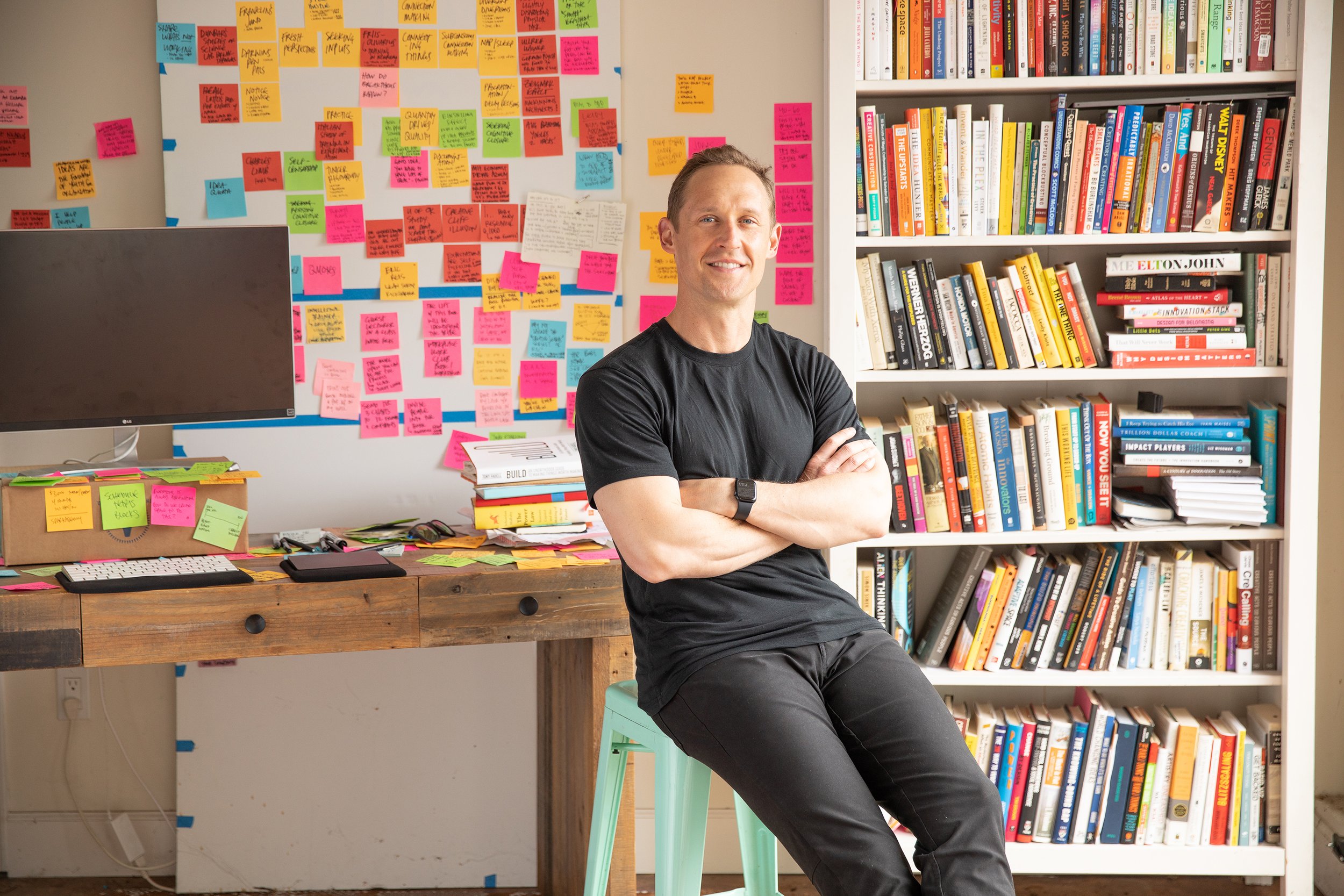
Methods of the Masters
A blog on the art & science of creative action.
Set An Output Schedule
Lorne Michaels, the most-nominated person in Emmy history, has accomplished something that very entertainers do: sustained creative excellence. His mantra for creative success is quite surprising…
Broaden Your Experimental Portfolio
Experiment broadly! Fantastic example from Ogilvy on the power of fighting tunnel vision, which limit us to far narrower ideation and far fewer experiments than would be beneficial.
Fight Your Cognitive Bias
What if one reason we aren’t all a little more like Einstein is a simple cognitive bias? What if we could short circuit that bias with practice?
Good news: we can!
Watch Consumers Decide
Trying to figure out whether you have a good idea? Don’t ask people what they think! There’s a much better way to assess a new concept than asking for feedback.
Take An Enemy’s Perspective
Contrarians are valuable. Steve Jobs and Jeff Bezos both used this government-developed toolkit for identifying strategic vulnerabilities and unlocking growth.
Be A Skeptic
Design is an inherently optimistic field. We are, after all, trying to make the world a better place. But this optimism can lead to naïveté, and can actually hinder real progress, if left unchecked.
Look for Connections
A fascinating psychology study reveals a disturbing truth: the world around is ripe with potential inspiration that is far too often unrealized simply because we aren’t looking.
Don’t Quit Diverging
Most folks want to stop diverging as quickly as possible. As soon as a reasonably good idea comes up, there's a collective sigh of relief which says, "Whew! We did it! Mission accomplished!" …
Provoke Yourself
What makes an idea a good idea? Research suggests that the best idea — irrespective of commercial merits — is actually the one that provokes thinking the most.
Chart A Breakthrough
Most folks are the victims of a breakthrough more often than they are the perpetrators of one. It doesn’t have to be that way. We can tempt lightning… Or at least, we can increase the odds of a strike.
Examine Your Resistance
Almost every attempt to introduce innovation is met with resistance. By examining the surprising sources of resistance, we can learn how to frame innovation in a way that wins minds.
Immerse Yourself
We can inadvertently insulate ourselves from the very things that bother our customers. When we immerse ourselves in our own products and processes, we viscerally experience what needs to be reinvented.
Embrace Constraints
If necessity is the mother of invention, then constraints are invention’s crazy uncle. Stories as varied as the origins of Wikipedia, Dyson Vacuums, and the ice industry illuminate.
Normalize Growing
A recent experience in a Stanford classroom reminded me of one of the most dangerous myths we can believe about knowledge.
Make It To Make It Better
Philippe Barreaud, Head of Michelin’s Customer Labs, has a hard-won portfolio of insights from leading global innovation for 20+ years. Here, he revels in the paradoxes of prototyping as a toolkit.
Decompartmentalize
One of the most trajectory-shifting inputs for Phoebe Yao’s start-up came when she least expected it: not during a mind-blowing mentor meeting arranged by a VC, but in a chance encounter with a friend in the park.
The Problem With Solving Problems
I had the privilege of thinking alongside the brilliant Kim Scott, and shared some insights on her “Radical Candor” blog. Re-posting here with her permission. Feedback welcome!
Look for What’s Right
The definition of “genius” changes as teams shift between convergent and divergent modes — and what gets rewarded should, too.
Don’t Avoid Failure
What if eliminating failure reduces the likelihood of a breakthrough? There’s lots of research that suggests that’s the case.
Delay Decisions
One of the most famous studies of creativity was conducted by a former spy-master. The insights he pioneered about productive, effective creativity never cease to surprise…




















